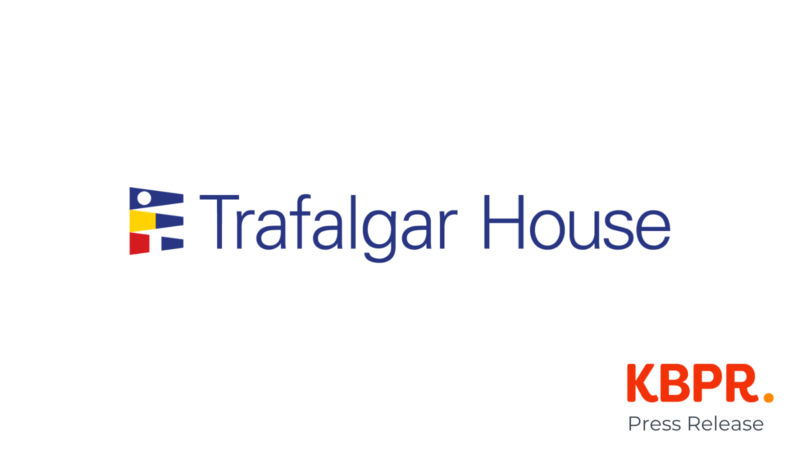
06 February 2024
Trafalgar House, a specialist third-party pensions administrator, today urged schemes to ensure they, and their advisors, review their cyber incident monitoring and reporting frameworks in light of the changes to weekly threat reporting that have been made by the National Cyber Security Centre (NCSC). A change at the end of last year in the reporting framework from the NCSC has meant that threat and incident analysis is no longer available from their usual reporting sources.

Stephen Wright, Head of IT, said: “The change in NCSC threat reporting frameworks, which came into effect at the end last year, significantly alter the way advisories are issued and reported. Cybersecurity has fast become one of the biggest threats to schemes. Data breeches, scamming, ransomware, fraud – these have all become the stuff of trustee nightmares. And the sophistication of those threats is evolving rapidly, so it is important that schemes stay as far ahead of them as possible with comprehensive and proactive defense measures. It’s also imperative to check-in regularly with advisors that their measures are robust, and reports are undertaken frequently to demonstrate progression of mitigation of all vulnerabilities. A onetime spot check is simply not enough in this environment.
“There are some immediate actions schemes could, and should, take:
Wright added: “Sadly, the issue of cyber security isn’t going anywhere but the good news is there is a lot that schemes can do to stay ahead of the curve and protect members.”
– ENDS –


